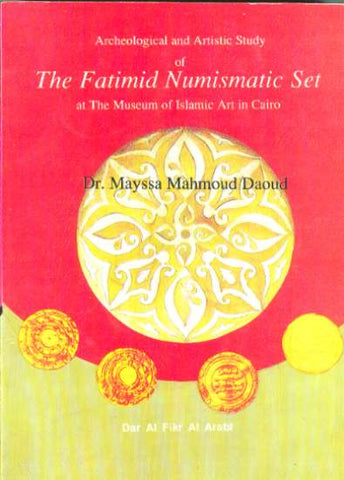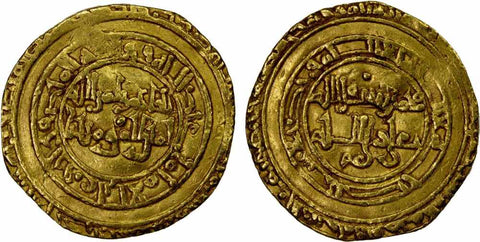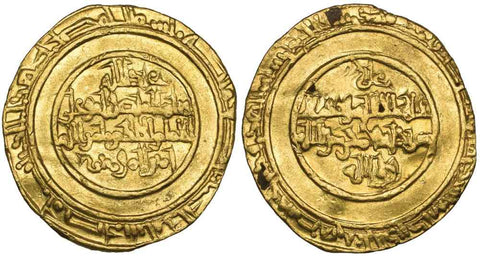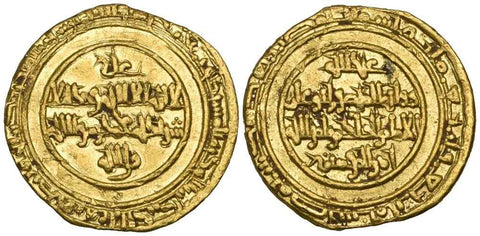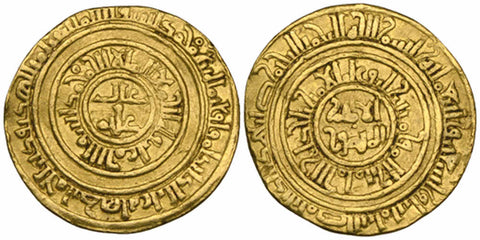Islamic Silver Coin Scarce Mamluk Dirham 743-746 AH /1342-1345 AD Al-Salih Imad Al-Din Isma'il
Description: A silver coin from the times of Isma'il (Al-Salih Imad al-Donya wa al-Din), who ruled Egypt and Syria during the period 743-746 AH (1342-1345 AD). Isma'il is from the Bahari Mamluk dynasty. This dirham, which weighs about 3.4 grams and measures about 21 millimeters in diameter, was most likely minted in Dimishq even though the mint name is not clear on the obverse. It is in generally fine condition with considerable wear, especially on the reverse, but still shows the legend "... Al Sultan al-Malik; al-...; Imad al-Donya wa; al-Din Ismail; .... al-Malik al-Nasir Mohammad; ...lawon" on the obverse. The reverse of the coin is much more dificult to decipher and is not in as good a condition as the obverse but you can still see the words "...Tawfiqi Ella....; ..h Ella Allah Muhammad;.... Allah Arsal..." The coin does not show either the mint or date of minting byut is very similar to Balog 280 which is known to have been minted in Dimishq. This is Album 933 and is listed as Wilkes 989. Please carefully review the scans presented as they are part and parcel of our description.
Date: Date off flan, struck in the period 743-746 AH (1342-1345 AD).
Mint: Not clear on the coin but most likely Dimishq.
Size and Weight: This is a silver dirham, weighs ~3.4 grams of silver and is ~21 mm in diameter.
References: It is Album #933 (S), listed in Balog as 280, and it is Wilkes 989.
Condition: For international buyers, please note that the new US postal rates for overseas shipping are very high and we are unable to change them. Additional charges will be incurred depending on the value of the item. Please check the cost of shipping before bidding. I would grade this coin as a good fine on the obverse and a very good or better on the reverse. The coin itself is much better than the scan shows, especially the reverse which we were not able to get a good photo of. The coin in reality shows partially defined and legible calligraphy on both the obverse and reverse. The coin is a bit off round with misshapen edge. The coin shows considerable wear and has areas of flatness along the edges but is clean and shows the well defined title of Isma'il. This is normally more difficult coin to find, which would make a nice addition to your collection. Please see the photos for additional condition information.
Historic Perspective: The word Mamluks in Arabic means "owned", hence their nickname "Slave Kings". They succeeded the Ayyubids and ruled Egypt and Syria for about 250 years. They had been recruited by the Ayyubids and then, like the Turkish mercenaries of the Abbasid caliphs, had usurped power from their enfeebled masters. Unlike their predecessors, however, they were able to maintain their power, and they retained control of Egypt until the Ottoman conquest in 1517. Militarily formidable, they were also the first power to defeat the Mongols in open combat in 1260, at Ayn Jalut near Nazareth in Palestine.
The Mamluk sultans are usually divided into two dynasties, the Bahris (1250 - 1382 AD), chiefly Turks and Mongols, and the Burjis (1382 - 1517 AD), chiefly Circassians. These names arise from the location of the barracks of the Mamluks within the city of Cairo (Al Qahira). Those originating from the barracks on an island in the Nile are Bahari (sea dwellers) and those who were in the towers of the Cairo Citadel are the Burjis (the tower dwellers). The Bahri sultans were usually selected from a few chief families, but during Burji times there was scant respect for hereditary principle in the selection of rulers. Neither dynasty was able to exercise more than a limited power over the turbulent Mamluk soldiers. The sultans reigned, on average, less than seven years and usually met violent ends. In spite of the dangers that threatened the sultans at home, they usually conducted a vigorous foreign policy. They defeated the last of the Crusaders and repulsed the Mongol invasion of Syria. At times they held all Palestine and Syria and the holy places of Arabia. Even after the Ottomans occupied Egypt they wheeled quite a bit of power until Mohammad Ali massacred the last of them at the Cairo Citadel in the early 1800's.

